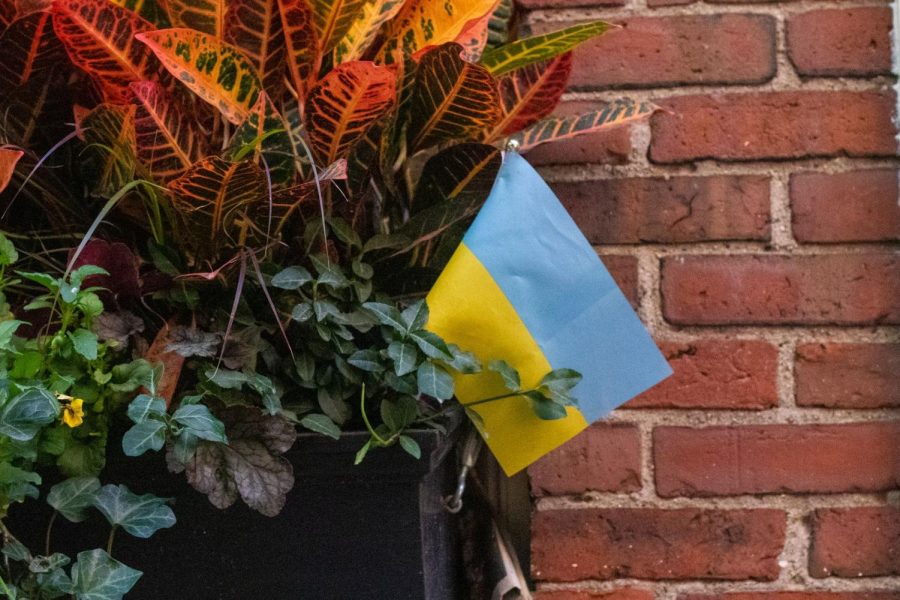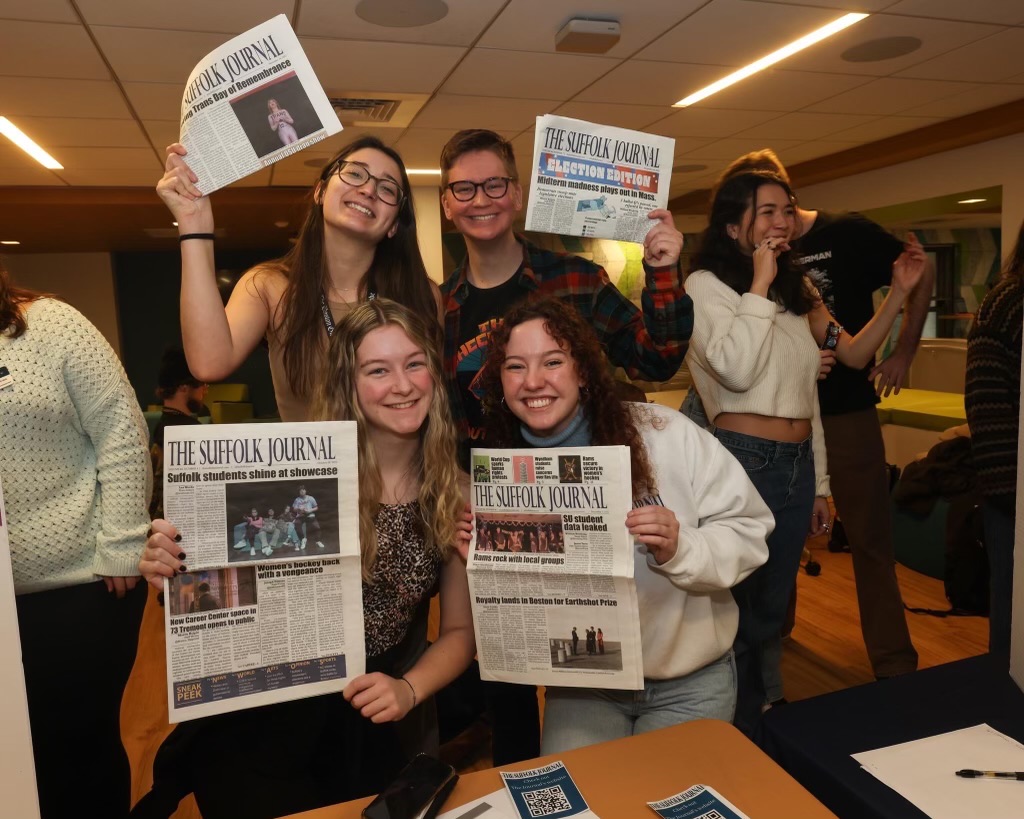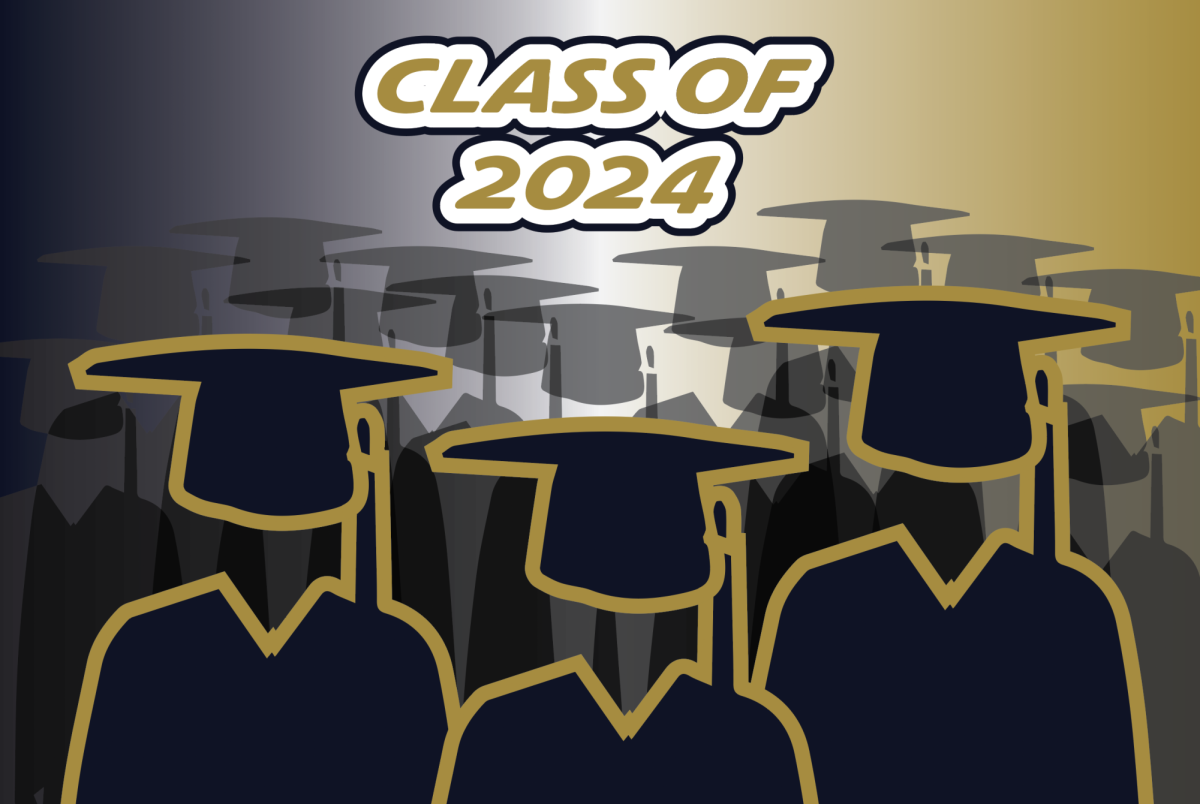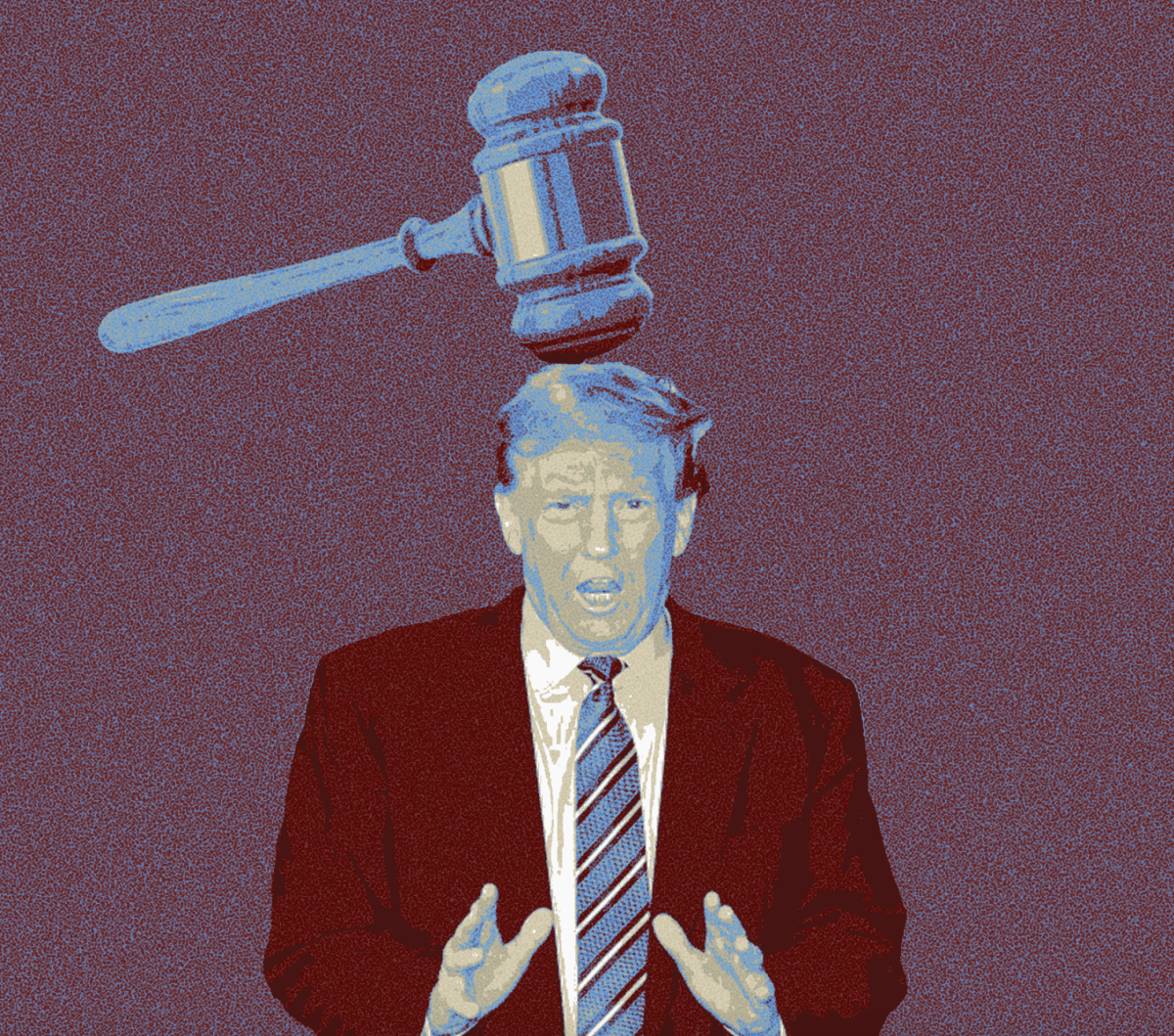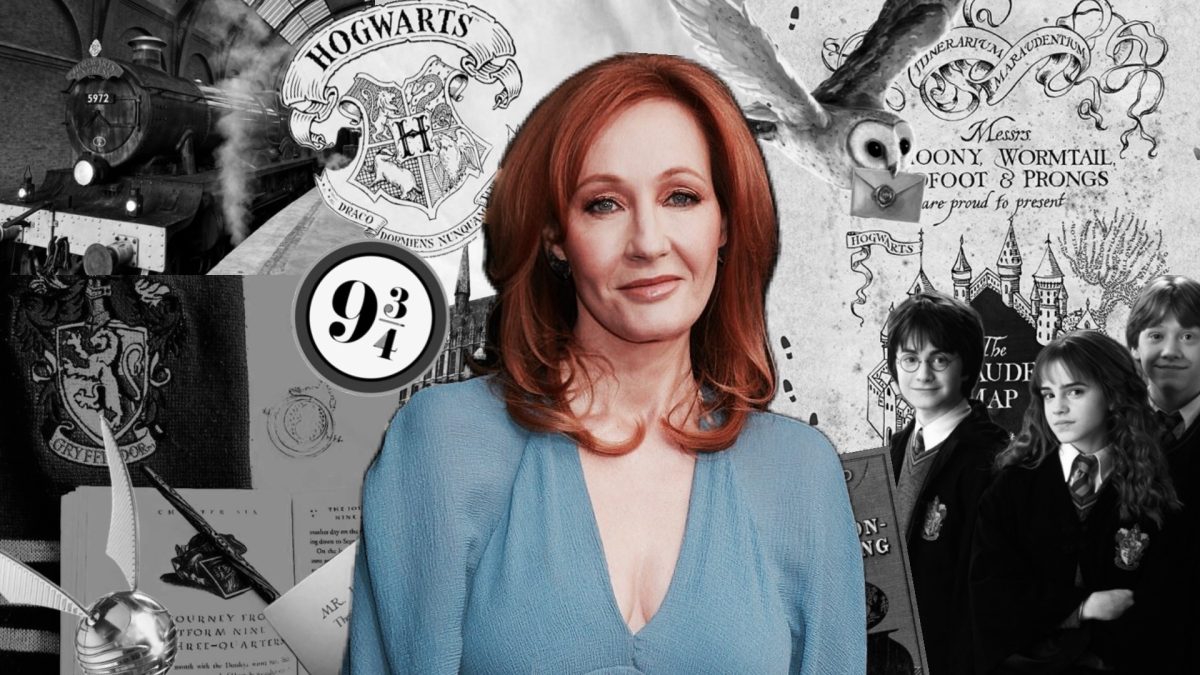By Sylvain Gaulier
Protesters across the U.S. rose up against a grand jury’s decision not to indict Ferguson, Missouri, police officer Darren Wilson for the fatal shooting of Michael Brown, an unarmed 18-year-old black man. Peaceful protests spread from Ferguson to most major American cities after the verdict, however, the media turned its attention to the civil unrest including vandalism, looting, and gunshots in the Ferguson area.
I had the opportunity to be in St. Louis the day after the grand jury’s decision, and saw some of the physical damage and talked to people impacted by the protests.
Who is to blame for the civil unrest happening in the greater St Louis area? What can we expect in the weeks and months to come? What lessons can we learn from Brown’s case?
As reported by The Los Angeles Times, “more than 2,000 National Guard troops spread out across the St. Louis area last Tuesday to prevent another night of rioting and looting.” However, some businesses burned down as protesters shouted, “no justice, no peace,” and unleashed their anger in the streets.
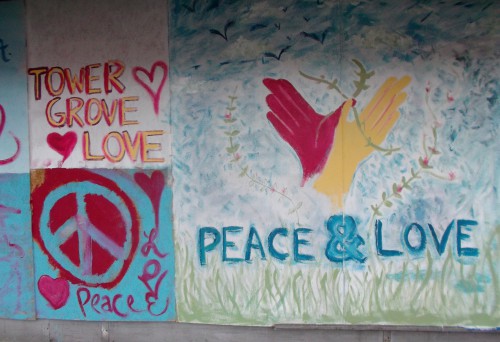
This accumulation of violence could have been avoided by taking a few sound measures. First, prosecutor Robert McCulloch could have been discharged to avoid any suspicion about his impaired judgment due to his numerous ties with police. The grand jury decision might have been announced when the police could have more easily controlled rebellious protesters.
The riot was foreseen for weeks. In an environment heavily charged with mistrust and civil disobedience, only one outcome was possible: unrest. So why didn’t the police and grand jury collaborate to lay the grounds for the verdict and pacify Ferguson?
In Shaw, near Ferguson, people could see the slogan “if we burn, you burn with us” tagged on a building, Slate reported. This saying is from the new movie The Hunger Games: Mockingjay-Part 1. It could be interpreted different ways: some may consider it a threat calling for retaliation, while others will see it as a collective expression of sorrow shared by the whole community.
It is tragic to realize Michael Brown’s death could have been prevented. Too many racial killings involving policemen and black people occur every year. According to a 2011 Bureau of Justice Statistics report published in the Washington Post, “the black victimization rate (27.8 per 100,000) was six times higher than the white victimization rate (4.5 per 100,000).”
St. Charles, Missouri, resident Rachel Mangan told me: “I feel that the protests are completely unnecessary. It’s one thing to protest peacefully, but to destroy the city and ruin innocent business owners buildings is very wrong. To me, the only ones who care about Mike Brown are those that did the peaceful protests, while those that are looting and stealing just see an opportunity to be reckless. What justice is it doing Mike Brown?”
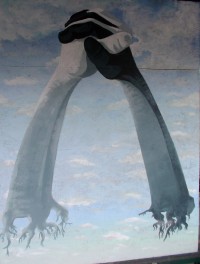
We often notice a judicial system treating minorities with less consideration. According to a Huffington Post-YouGov poll published in the New York Times, “62 percent of African-Americans believed Officer Wilson was at fault in the shooting of Mr. Brown, while only 22 percent of whites took that position.”
It is time to work on bridging the communication gap between law enforcement officials and black people in the U.S. A dialogue must be reestablished to fully respect minorities. It is going to take time, but important community figures such as religious leaders, social workers, or firefighters could act as mediators to bring forth a new positive environment and regain trust.
Every community overflows with resourceful and talented people. I saw such an example in the initiative taken by artists in St. Louis district of South Grand, where I went on Thanksgiving Day to get a feel of the atmosphere in this neighborhood, plagued by violent protests on the Monday before.
After many shop windows were shattered in the district, local artists decided to paint boarded windows to enlighten a gloomy picture. This action may be the symbol of a better start in the community — one based on dialogue, respect, and cooperation.


